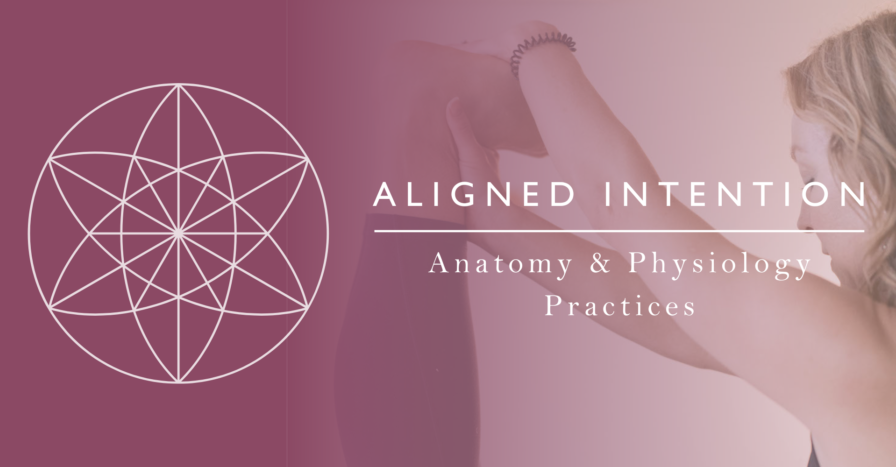Aligned Intention: Anatomy & Physiology

Foundational Coursework:
- Integrated Intentions: The Essentials
- Structural Yoga Anatomy (ANAT300)
Required Textbooks:
- Yoga Therapy by A.G. Mohan and Indra Mohan
- Pelvic Liberation: Using Yoga, Self-inquiry, and Awareness for Pelvic Health by Leslie Howard
- Marma Points of Ayurveda by Vasant Lad
The Anatomy & Physiology pillar provides students with the essential knowledge and applied skills needed to integrate anatomy, biomechanics, and subtle body awareness into yoga therapy. These courses bridge Western understanding of structure and function with yogic models of healing, empowering therapists to address musculoskeletal conditions, chronic pain, pelvic health, and the role of marma points in restoring balance. Through lecture, practice, assessment, and therapeutic presence, students cultivate the capacity to guide care-seekers with both technical precision and subtle awareness.
ANAT400: Structural Yoga Therapy
This course develops both foundational and advanced skills for addressing musculoskeletal imbalances through yoga therapy. Students learn body-reading and inventory assessments, functional biomechanics of the spine, and postural pattern analysis. Through the transmission of therapeutic tools such as mula breath and pacification strategies, students build competency in designing individualized practices that restore balance, reduce dysfunction, and support structural ease.
PYS400: Marma for Self-Healing
Marma therapy bridges biomechanics with energetic restoration. Students learn self-marma and partner-based touch techniques to release guarding, tension, and pranic stagnation. The course integrates Ayurvedic models of doshas and vayus with yoga therapy frameworks, equipping therapists to work ethically with touch, subtle awareness, and group facilitation. Emphasis is placed on observation, palpation, therapeutic presence, and the integration of marma within the yoga therapy scope of practice.
ANAT401: Yoga Therapy and Pain Management
This course addresses chronic and persistent pain through the integration of anatomy, biomechanics, and nervous system regulation. Students learn therapeutic interventions for pain in the spine, pelvis, shoulders, and hips, with an emphasis on reducing dysfunction, improving mobility, and supporting psychosocial well-being. The Sattva Yoga Therapy approach provides a framework for assessment, individualized care planning, and sequencing protocols to address both acute and chronic pain.
ANAT402: Yoga Therapy and the Pelvic Floor
This course focuses on pelvic health through a multidimensional lens. Students explore Western anatomy, yoga therapy, and Ayurvedic perspectives on conditions such as incontinence, prolapse, and pelvic pain. By applying the Pancha Maya model, students learn to assess hypertonic and hypotonic presentations, support individualized practices, and foster safe therapeutic communication. This course empowers therapists to bring healing, embodiment, and balance to one of the body’s most foundational yet often overlooked areas.
Completion Outcomes
Upon successfully engaging and completing this pillar, you will have gained:
- Yoga Therapy Skills: Competency in assessing structural imbalances, applying marma therapy, managing chronic pain, and addressing pelvic floor health.
- Theoretical Understanding: In-depth knowledge of anatomy, biomechanics, and the subtle body models (koshas, vayus, doshas) as they relate to structural and somatic health.
- Adaptive Teaching Strategies: Ability to design safe, individualized, and group practices for musculoskeletal conditions, pain syndromes, and pelvic health concerns.
- Confidence: Strengthened skills in therapeutic observation, body reading, intake processes, and collaboration with clients in setting and evaluating goals.
- Empathy & Therapeutic Presence: Enhanced ability to integrate subtle touch, ethical boundaries, and compassionate communication into yoga therapy sessions.
This pillar equips yoga therapists with the knowledge and tools to address the structural, functional, and subtle dimensions of human health, supporting resilience, integrity, and healing from the inside out.
